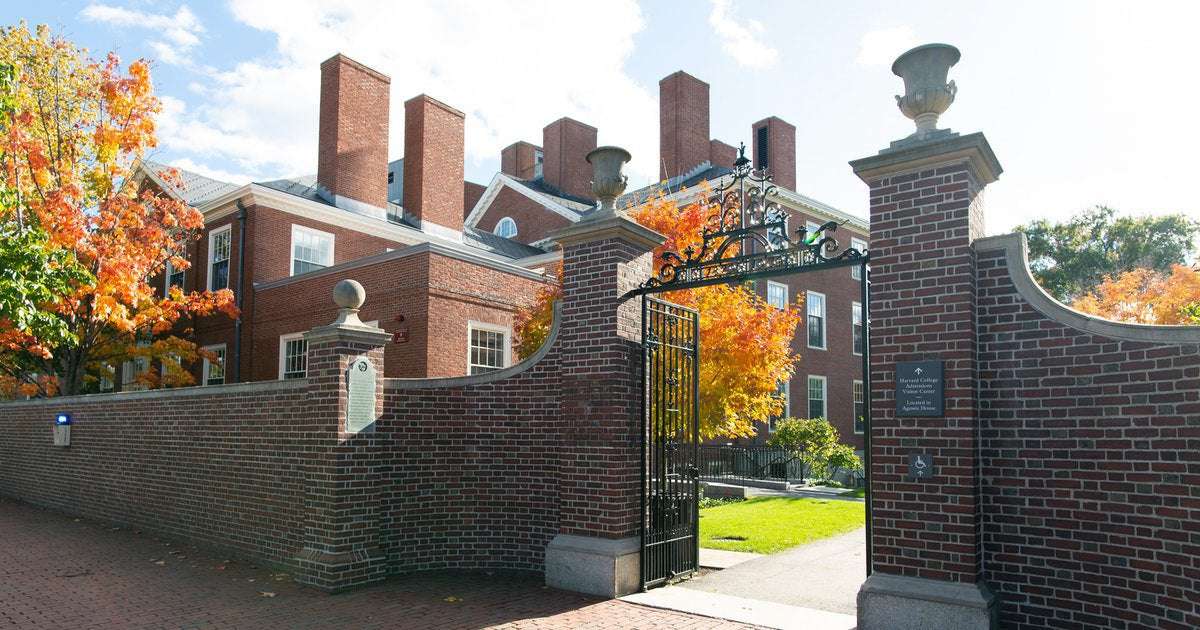The Black Lives Matter uprisings were remarkably nonviolent. When there was violence, very often police or counterprotesters were reportedly directing it at the protesters.
When the Department of Homeland Security released its Homeland Threat Assessment earlier this month, it emphasized that self-proclaimed white supremacist groups are the most dangerous threat to U.S. security. But the report misleadingly added that there had been “over 100 days of violence and destruction in our cities,” referring to the anti-racism uprisings of this past summer.
In fact, the Black Lives Matter uprisings were remarkably nonviolent. When there was violence, very often police or counterprotesters were reportedly directing it at the protesters.
Since 2017, we have been collecting data on political crowds in the United States, including the protests that surged during the summer. We have almost finished collecting data from May to June, having already documented 7,305 events in thousands of towns and cities in all 50 states and D.C., involving millions of attendees.
Because most of the missing data are from small towns and cities, we do not expect the overall proportions to change significantly once we complete the data collection.
We make two assumptions. First, when politicians and officials categorize the protests as violent, they are usually envisioning property destruction or interpersonal violence in which they infer that BLM protesters are attacking police, bystanders and property.
Second, using several measures to evaluate protest behavior offers a better assessment than the blanket term “violence.” For example, we disaggregate property destruction from interpersonal violence. We analyze separately the number of injuries or deaths among protesters and police. And we are thinking about how gathering even finer-grained data in the future could help further assign precise responsibility for violent acts.
Here is what we have found based on the 7,305 events we’ve collected. The overall levels of violence and property destruction were low, and most of the violence that did take place was, in fact, directed against the BLM protesters.
First, police made arrests in 5% of the protest events, with over 8,500 reported arrests (or possibly more). Police used tear gas or related chemical substances in 2.5% of these events.
Protesters or bystanders were reported injured in 1.6 percent of the protests. In total, at least three Black Lives Matter protesters and one other person were killed while protesting in Omaha, Austin and Kenosha, Wis. One anti-fascist protester killed a far-right group member during a confrontation in Portland, Ore.; law enforcement killed the alleged assailant several days later.
Police were reported injured in 1% of the protests. A law enforcement officer killed in California was allegedly shot by supporters of the far-right “boogaloo” movement, not anti-racism protesters.
The killings in the line of duty of other law enforcement officers during this period were not related to the protests.
Only 3.7% of the protests involved property damage or vandalism. Some portion of these involved neither police nor protesters, but people engaging in vandalism or looting alongside the protests.
In short, our data suggest that 96.3% of events involved no property damage or police injuries, and in 97.7% of events, no injuries were reported among participants, bystanders or police.
These figures should correct the narrative that the protests were overtaken by rioting and vandalism or violence.
Such claims are false. Incidents in which there was protester violence or property destruction should be regarded as exceptional – and not representative of the uprising as a whole.
In many instances, police reportedly began or escalated the violence, but some observers nevertheless blame the protesters.
The claim that the protests are violent – even when the police started the violence – can help local, state and federal forces justify intentionally beating, gassing or kettling the people marching, or reinforces politicians’ calls for “law and order.”
Given that protesters were objecting to extrajudicial police killings of Black citizens, protesters displayed an extraordinary level of nonviolent discipline, particularly for a campaign involving hundreds of documented incidents of apparent police brutality.
The protests were extraordinarily nonviolent, and extraordinarily nondestructive, given the unprecedented size of the movement’s participation and geographic scope.
How the news media frame protests influences how the public perceives them. Ambiguous framings – such as those describing “clashes” between protesters and police – can convey false information about which side is violent. For instance, an extensive archive reveals that police themselves allegedly instigated a number of reported “clashes,” which also likely led to more arrests, participant injuries and possibly even property damage.
This is important because public perceptions of the legitimacy of protests vs. policing have had fairly immediate effects on election outcomes and public policy. Those perceptions affect public attitudes toward movements for years.
Further, authoritarian leaders almost always try to treat protesters as criminals and to delegitimize their claims by exaggerating any incidents of violence and property destruction. These narrative techniques shore up support for broad-based repression against these groups, at little political cost to the autocrat.
Erica Chenoweth is a professor at the Harvard Kennedy School and Susan and Kenneth Wallach Professor at the Radcliffe Institute for Advanced Study. Jeremy Pressman is an associate professor of political science at the University of Connecticut.

Pechumes on June 11st, 2021 at 14:09 UTC »
Now do that statistics on police/civilian interactions and see what % are peaceful…..
Shadow555 on June 11st, 2021 at 14:04 UTC »
Cant wait to see the civil discussion and 100% accurate information being posted in this thread lol
dtarias on June 11st, 2021 at 13:34 UTC »
Police are overwhelmingly peaceful. But police shootings are still a major problem, just as rioting and property destruction was a major problem.